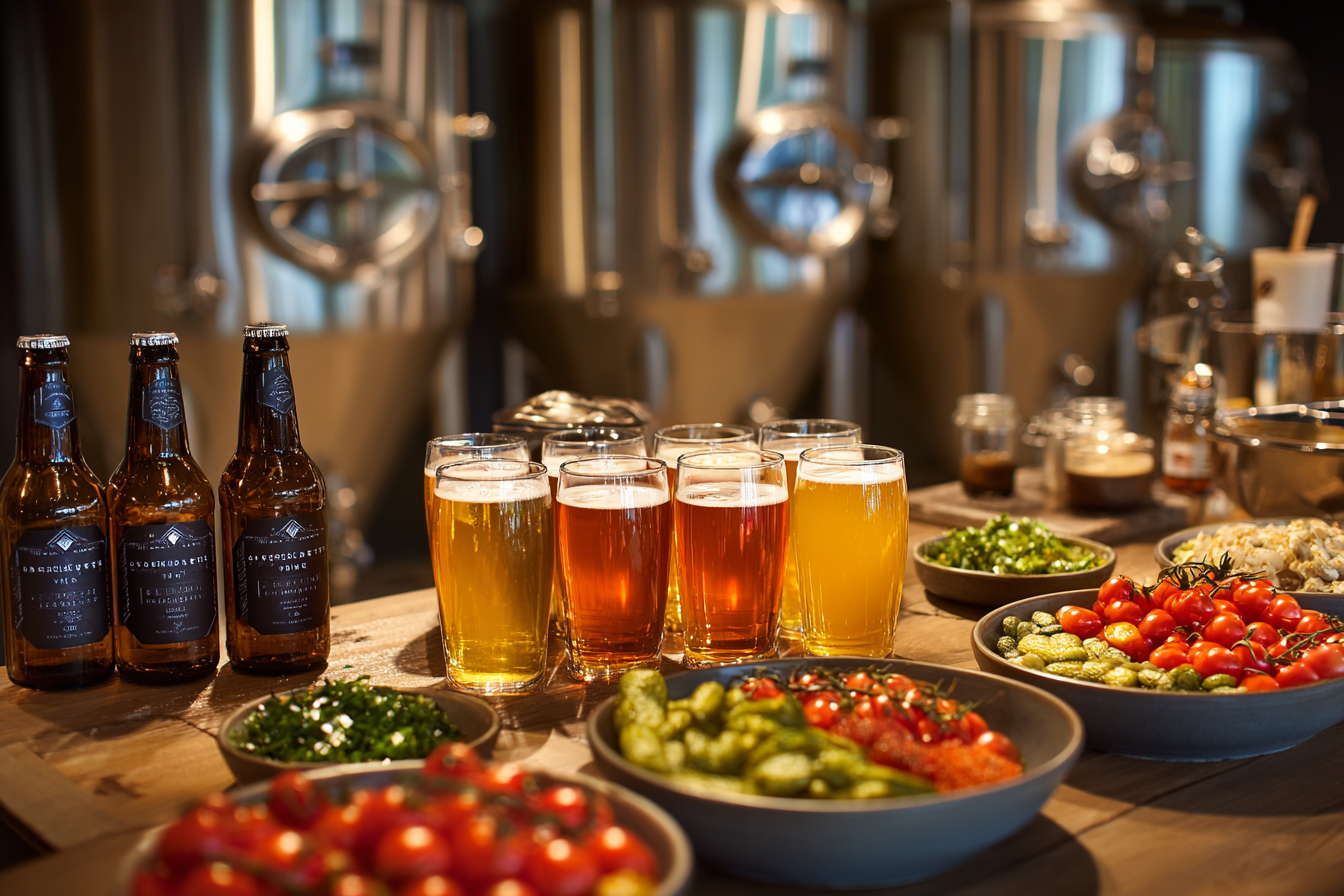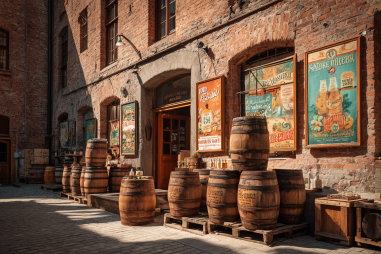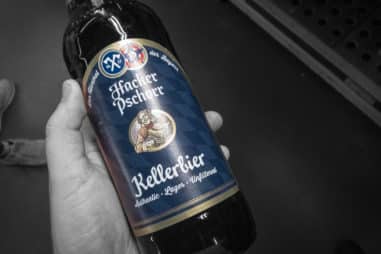Brewing a Catharina Sour is a rewarding and creative process that combines traditional sour beer methods with a vibrant Brazilian twist. Known for its refreshing tartness and often accompanied by bright fruit flavors, this style is gaining popularity among craft brewers and beer enthusiasts alike. If you’re interested in mastering the Catharina Sour brewing process, this step-by-step guide will take you through everything from ingredient selection to final conditioning, helping you produce a wonderfully distinctive sour beer that is as flavorful as it is refreshing.
Introduction to Catharina Sour Brewing
The Catharina Sour is a relatively modern style of sour beer that originated in the Brazilian state of Santa Catarina, after which it is named. Unlike traditional European sours which often rely heavily on Brettanomyces and long aging periods, Catharina Sour tends to be more approachable with clean sourness predominantly produced by lactobacillus bacteria and complemented by wonderfully exotic fruit additions. It bridges the gap between sour and fruity styles, making it an ideal brew for those who enjoy lively, tart, and juicy beers. Understanding the basics of the style is the first step in embarking on your own Catharina Sour brewing adventure.
Key Ingredients Used in Catharina Sour
Getting the right ingredients is crucial for capturing the essence of Catharina Sour. While the base is a simple malt bill, the ingredients often highlight regional and fresh elements:
- Malt: Pilsner malt is commonly used to create a light and crisp body, allowing the sourness and fruit flavors to shine. Some brewers add small amounts of wheat malt or oats for smoothness and body.
- Lactobacillus: This bacteria is the primary souring agent, producing lactic acid for a clean, tart flavor. It’s preferred over other souring microbes for its predictable and pleasant sourness.
- Yeast: A clean-fermenting yeast strain such as a neutral ale yeast or a specific kettle sour-friendly yeast helps finish the beer without overshadowing the sour character.
- Fruits and Adjuncts: One of the defining features of Catharina Sour is the use of tropical and native Brazilian fruits like passionfruit, acerola cherry, pineapple, or guava. These additions contribute bright, juicy layers of flavor and aroma.
- Water: Soft, neutral water profiles are often preferred to avoid interfering with the tartness and fruit profiles.
Preparing the Wort for Souring
The wort preparation is relatively straightforward but requires attention to detail to set the stage for successful souring. Start with a typical mash using your chosen malt bill, targeting a medium to light body with sufficient fermentable sugars but not too much residual sweetness.
After mashing and lautering, boil the wort briefly mainly to sterilize it, and hopping is kept to a minimum or sometimes skipped entirely since hops can inhibit lactobacillus growth. The goal is to produce a wort with low or no bitterness so the lactobacillus can thrive during souring.
Once the wort is cooled quickly to a temperature suitable for lactobacillus activity (typically around 35-45°C or 95-113°F), it is ready for souring. Maintaining good sanitation is still important here to avoid contamination by unwanted microbes.
Souring Techniques and Fermentation Process
The hallmark of the Catharina Sour is its clean lactic sourness, primarily achieved through controlled lactobacillus souring. There are a few commonly used souring methods:
- Kettle Souring: After wort cooling, lactobacillus is pitched and the wort is held warm for 24-72 hours in a separate vessel until the desired acidity (pH around 3.3-3.5) is reached. The soured wort is then boiled again briefly to kill the bacteria before transferring to fermentation.
- Mixed Fermentation: Some brewers use a combination of lactobacillus and ale yeast, with or without Brettanomyces, allowing some souring to continue in the fermenter for deeper complexity, though Catharina Sour generally leans toward faster, less funky styles.
After souring, the wort is fermented with a neutral and clean yeast strain to finish fermenting residual sugars and produce a crisp beer without competing off-flavors. Fermentation temperatures are usually kept moderate to avoid esters or phenols that might overpower the delicate sour and fruit notes.
Incorporating Fruits and Adjuncts
Fruit additions are integral to Catharina Sour’s identity, providing vibrant aroma and flavor enhancements. Fruits are typically added post-primary fermentation to preserve their freshness and avoid losing their delicate aromatics during vigorous yeast activity or heat treatments.
Some brewers pasteurize fruit purees before adding, while others add fresh or frozen fruit directly to secondary fermenters or conditioning tanks. Popular choices include:
- Passionfruit – for tart, citrusy brightness
- Acerola cherry – adds a distinct, slightly sweet and tangy complexity
- Pineapple – contributes juicy tropical sweetness
- Guava – for exotic sweetness and slight earthiness
Using fruit puree or fresh fruits both work well, and blending different fruits is common for unique flavor profiles. Monitoring sugar levels during fruit addition helps avoid over carbonation or fermentation issues.
Maturation and Conditioning Steps
Once fermentation with yeast and fruit additions is complete, the beer enters the maturation phase. This step allows flavors to meld and the sour profile to stabilize. Typically, maturation lasts anywhere from a few weeks to a couple of months, depending on the desired flavor complexity.
Cold conditioning or lagering can enhance clarity and smoothness while rounding out the aggressive sharpness of the lactic acid. Carbonation is usually moderate, providing a lively effervescence that balances the tartness and complements the fruity character.
Quality Checks and Tasting Notes
Throughout the brewing process, regular quality checks ensure the beer develops as intended:
- pH Measurement: Tracking pH during souring helps control acidity, aiming for a clean tartness without overwhelming sourness.
- Gravity Readings: Monitoring gravity confirms fermentation completion and helps predict final alcohol content.
- Flavor Sampling: Periodic tasting assesses flavor development, mouthfeel, and aroma integration.
- Aroma Notes: Expect bright fruit aromatics, mild lactic tang, and a clean malt backbone.
- Flavor Profile: The finished beer should be pleasantly tart, juicy with tropical fruit notes, balanced with subtle malt sweetness, and a crisp finish.
Common Challenges and Troubleshooting
Brewing Catharina Sour can come with a few hurdles, but they are manageable with attention and experience:
- Bacterial Contamination: While lactobacillus is welcome, unwanted bacteria or wild yeasts can cause off-flavors. Maintain strict sanitation and monitor cultures carefully.
- Overly Sour Beer: If the beer becomes too acidic, shorten the souring time or adjust lactobacillus pitching rates.
- Muted Fruit Flavors: Add fruit post-fermentation or consider using fresh fruit to retain aromatic qualities.
- Flat or Over-carbonated Beer: Control fermentation and conditioning parameters carefully, and ensure fruit sugars are accounted for in carbonation calculations.
With practice and attention to these aspects, you can refine your process and produce consistently outstanding Catharina Sours.
Crafting Your Ideal Catharina Sour
Mastering the Catharina Sour brewing process is both a science and an art, blending precise microbial control with flavorful creativity from fruit additions. By carefully selecting ingredients, mastering wort preparation, employing effective souring techniques, and integrating fresh fruits, you can create a beer that embodies the spirit of this vibrant style.
The joy of brewing Catharina Sour lies in its approachable tartness and the lively interplay of tropical fruit, acidity, and refreshing finish. Whether you’re a seasoned brewer expanding your sour beer repertoire or a curious homebrewer eager to explore new flavors, this guide provides a solid foundation to craft your perfect Catharina Sour.
Embrace experimentation, learn from each batch, and soon you’ll be serving up a glass of true Brazilian-inspired delight, full of character and bursting with flavor.







